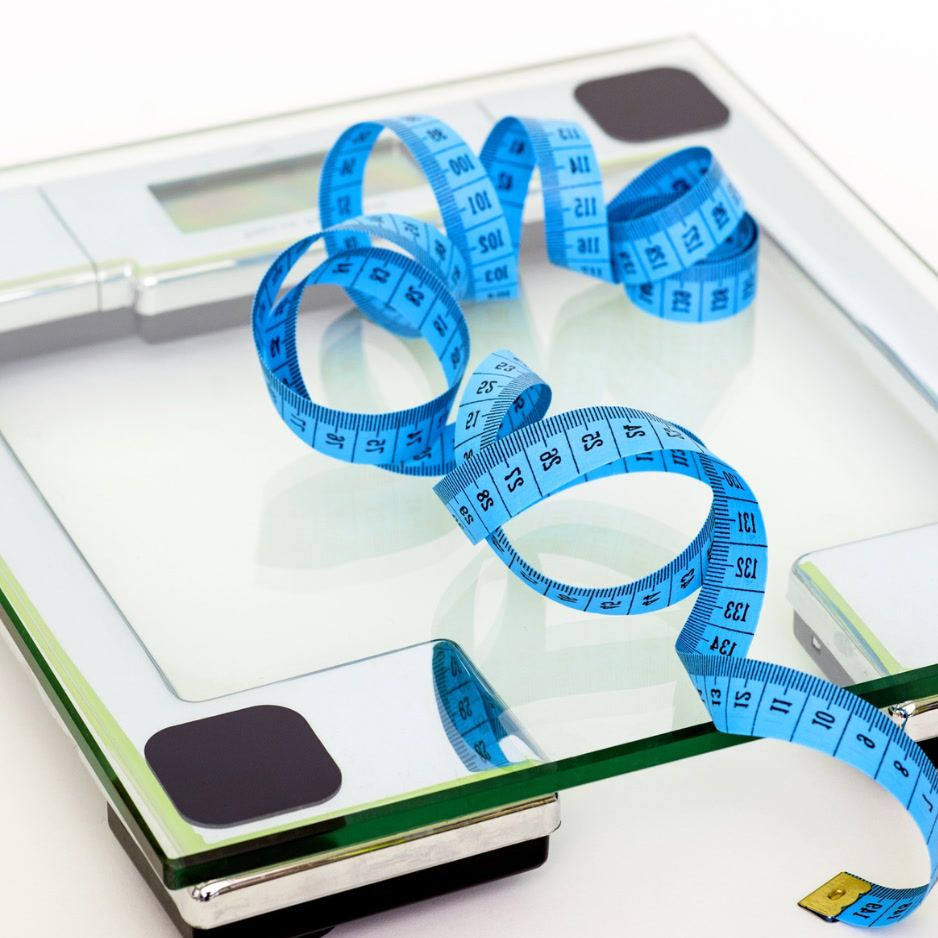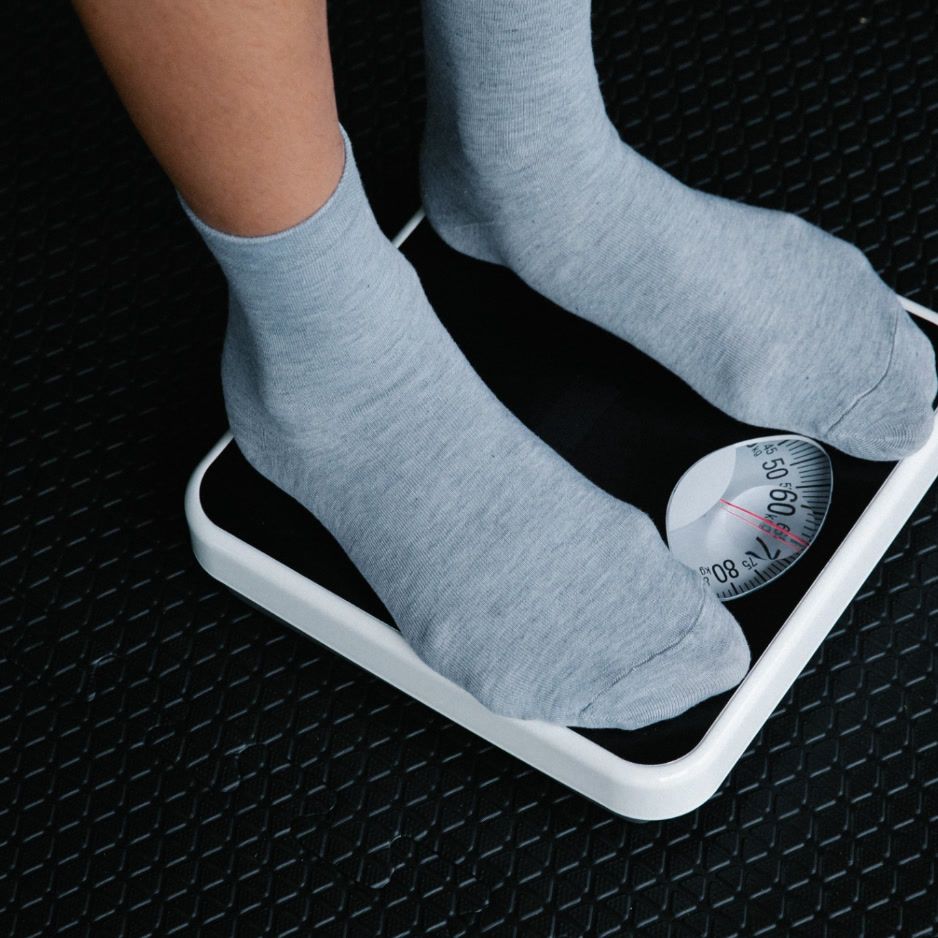Does Fat Turn Into Muscle?

Does Fat Turn Into Muscle?
Body fat and muscle are two distinct components of the human body. While fat and muscle are related in terms of body composition, they cannot directly transform into one another. Understanding the nature of body fat and muscle is crucial in debunking the common misconception that fat can miraculously turn into muscle.
Get weekly updates.
Understanding Body Fat and Muscle
Body fat and muscle tissue have different compositions and structures. Body fat is primarily made up of adipose tissue, which consists of fat cells that store energy. On the other hand, muscle tissue is composed of long, cylindrical cells called muscle fibers.
Body fat plays several important roles in the body. It serves as a source of energy during times of fasting or low-calorie intake. Additionally, body fat acts as insulation, helping to regulate body temperature. It also provides cushioning and protection for vital organs.
Adipose tissue is not uniform throughout the body. There are two types of body fat: subcutaneous fat and visceral fat. Subcutaneous fat is located just beneath the skin, while visceral fat is found deep within the abdominal cavity, surrounding organs such as the liver and intestines. Visceral fat is considered more harmful as it has been linked to an increased risk of various health conditions, including heart disease and type 2 diabetes.
The Composition of Body Fat
Body fat is composed of triglycerides, which are a type of fat molecule. Triglycerides contain carbon, hydrogen, and oxygen atoms and serve as a source of energy for the body. Excess calories consumed beyond the body's immediate energy needs are converted into triglycerides and stored as body fat.
Triglycerides are formed through a process called lipogenesis, which occurs in the liver and adipose tissue. This process involves the conversion of glucose (sugar) into fatty acids, which are then combined with glycerol to form triglycerides. Triglycerides can be broken down and used as fuel when the body requires energy.
It is worth noting that not all body fat is the same. Different individuals may have varying proportions of subcutaneous and visceral fat, which can affect their overall health. Factors such as genetics, diet, physical activity levels, and hormonal balance can influence the distribution and amount of body fat.
The Structure of Muscle Tissue
Muscle tissue is composed of protein filaments known as actin and myosin. These filaments are responsible for muscle contraction, which enables movement. When muscles contract, the actin and myosin filaments slide past each other, resulting in muscle shortening and movement.
There are three types of muscle tissue in the body: skeletal muscle, cardiac muscle, and smooth muscle. Skeletal muscle is attached to bones and is responsible for voluntary movements such as walking or lifting weights. Cardiac muscle is found in the walls of the heart and is responsible for pumping blood. Smooth muscle is found in the walls of organs and blood vessels, and it helps with involuntary movements such as digestion and blood vessel constriction.
Muscle tissue is highly vascularized, meaning it has a rich blood supply. This allows for the delivery of oxygen and nutrients to the muscles, as well as the removal of waste products such as carbon dioxide and lactic acid. Regular exercise and physical activity can increase the blood supply to muscles, promoting their growth and strength.
In addition to their role in movement, muscles also play a crucial role in metabolism. Skeletal muscle is metabolically active and can contribute to the body's overall energy expenditure. The more muscle mass a person has, the higher their basal metabolic rate, which is the amount of energy expended at rest.
Building and maintaining muscle mass requires a combination of regular resistance training exercises and adequate protein intake. Protein is essential for muscle growth and repair, as it provides the building blocks (amino acids) needed for muscle protein synthesis. Consuming a balanced diet that includes lean sources of protein, such as poultry, fish, legumes, and dairy products, can support muscle health.
The Science Behind Fat and Muscle Metabolism
The metabolism of both fat and muscle plays an essential role in the body's energy balance and overall function.
How the Body Burns Fat
When the body needs energy, it breaks down stored triglycerides in fat cells through a process called lipolysis. The liberated fatty acids are then transported to the muscles, where they are oxidized to produce ATP (adenosine triphosphate), the body's primary energy source. While physical activity increases the rate of fat burning, it's important to note that spot reduction of fat in specific areas of the body is not possible.
Muscle Growth and Development
Muscle growth occurs through a process called hypertrophy, wherein muscle fibers increase in size and number in response to physical exercise and resistance training. During intense exercise, muscle fibers experience micro-tears that stimulate the muscle repair process. This repair process, coupled with appropriate nutrition, promotes muscle growth and development.
The Myth of Fat Turning into Muscle
Contrary to popular belief, fat cannot physically convert into muscle tissue. These two components of the body are distinct and have different structures and functions.
Debunking Common Misconceptions
One common misconception is that as body fat decreases, it is being directly converted into muscle tissue. In reality, fat loss is the result of the body using stored fat for energy, while muscle development is a separate process that requires exercise and proper nutrition.
The Truth About Body Transformation
While it is possible to decrease body fat and increase muscle mass simultaneously, this occurs through independent processes. By adopting a balanced regimen of aerobic exercise, resistance training, and a nutritious diet, individuals can achieve a more toned and muscular appearance while reducing overall body fat.
The Role of Exercise in Fat Loss and Muscle Gain
Physical activity and exercise play a crucial role in both fat loss and muscle development.
Different Types of Exercise and Their Effects
Aerobic exercise, such as running or cycling, increases heart rate and burns calories, contributing to fat loss. Resistance training, including weightlifting or bodyweight exercises, stimulates muscle growth, leading to increased muscle mass. A combination of both aerobic exercise and resistance training is optimal for achieving overall body composition goals.
The Importance of Strength Training
Strength training is particularly effective in increasing muscle mass and metabolism. By gradually increasing the load or intensity of resistance exercises, individuals can progressively overload their muscles, promoting growth and strength development.
Nutrition's Impact on Body Composition
Dietary choices and nutrient intake play an essential role in body composition, particularly in muscle building and fat loss.
The Role of Protein in Muscle Building
Consuming sufficient protein is crucial for muscle growth and repair. Protein provides the necessary amino acids needed for muscle protein synthesis, which is the process by which new muscle tissue is formed. Including protein-rich foods such as lean meats, poultry, fish, dairy, legumes, and plant-based protein sources can support muscle development.
How Dietary Fat Affects Body Fat
While dietary fat has often been associated with body fat, not all fats are created equal. A balanced intake of healthy fats, such as those found in avocados, nuts, seeds, fatty fish, and olive oil, can provide essential nutrients and support overall health. Moderation and choosing healthier fat sources can help maintain a healthy body composition.
In conclusion, fat does not directly turn into muscle, as they are two separate components of the human body. Fat loss and muscle gain are achieved through independent processes involving proper exercise and nutrition. Understanding this distinction can help individuals set realistic goals and adopt effective strategies to improve body composition and overall health.
To accurately track changes in body fat, muscle mass, and bone health over time, consider BodySpec's affordable DEXA scans. By leveraging advanced technology, these scans provide precise and detailed measurements, helping individuals monitor their progress and optimize their fitness journey.


